EAST LONDON LINE
The ELL has finally now opened for service creating a new north-south route through London and creating an additional orbital route for Londoners to by-pass Central London. Londoners and surrounding area commuters from across London will have stronger access to regeneration areas in the Docklands and Canary Wharf.
The line incorporates 170 year old Victorian routes in tunnel, cut-and-cover, viaduct and new modern concrete, glass and steel structures. The core section of the route will handle a train every three and the line and is expected to manage in excess of 150,000 commuters each weekday. With the line running through several significant regeneration areas and areas that lacked a significant heavy rail link, the line is set to see significant ridership growth over the coming decade.
While the network will incorporate some 30 stations, the majority have existed at one time or another (eg Dalston Junction), or lacked a sufficient service or connection (eg West Croydon).
The current line serves 12 stations, but from the 23rd May, an additional 9 southern stations will open, by mid-2011 an additional 2 northern stations and by 2012 an additional 7 stations on the western branch to Clapham Junction.
 Source: wikipedia
Source: wikipedia

Uploaded with
ImageShack.us
DALSTON JUNCTION
Located in the London Borough of Hackney, Dalston Junction is the current temporary northern terminus for the East London Line consisting of a large island platform with four platforms (two through + two terminating). When an additional north-westerly extension is opened in early 2011, trains will continue running on to Highbury & Islington where the East London Line will terminate with interchange to the North London, Victoria and Northern City lines.
While the current station is brand new, there was once a previous station on the site that existed from 1865 to 1986. The new station has been built underground to allow for extensive high-density development above ground and a new bus interchange.
While interchange is possible with Dalston Kingsland station (150m to the north), it is an informal interchange and requires exiting the station. Construction of the proposed new Chelsea-Hackney would lead to an interchange at Dalston Junction.
 Source: Normal for Norfolk on Flickr
Source: Normal for Norfolk on Flickr
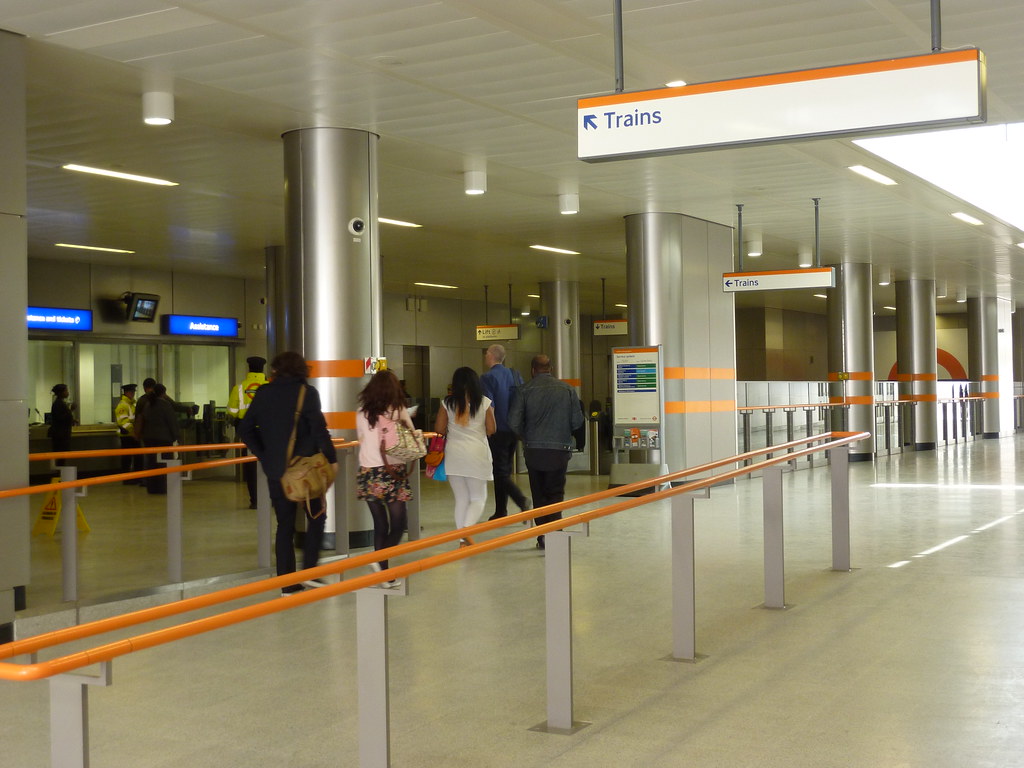 Source: Normal for Norfolk on Flickr
Source: Normal for Norfolk on Flickr
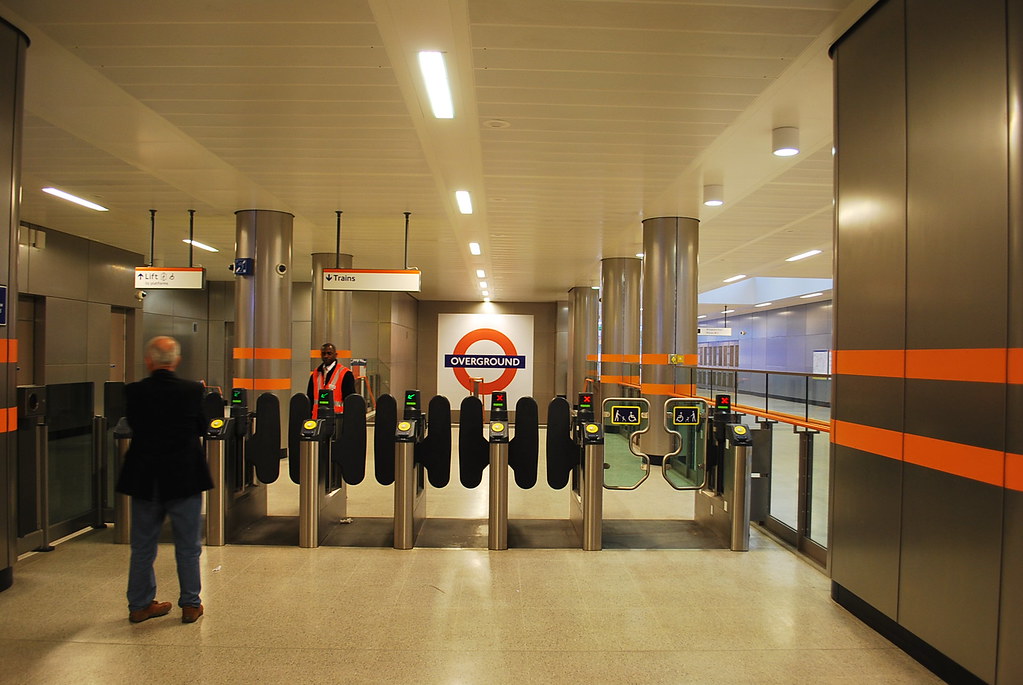 Source: Adam UXB Smith on Flickr
Source: Adam UXB Smith on Flickr
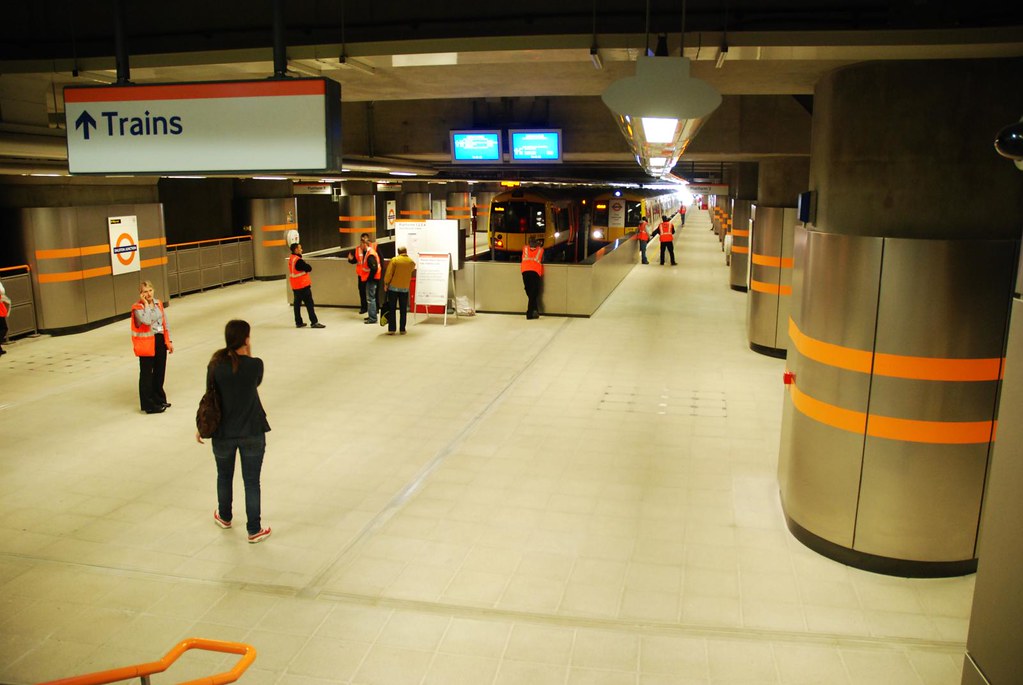 Source: Stefan Shafer on Flickr
Source: Stefan Shafer on Flickr
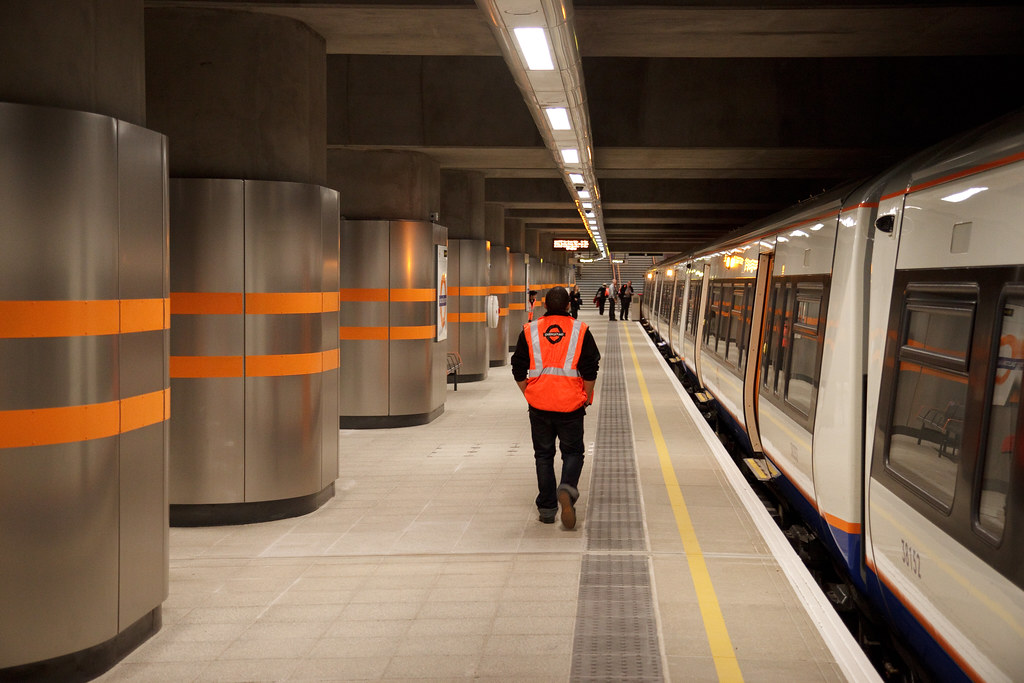 Source: tompagenet on Flickr
Source: tompagenet on Flickr
 Source: tompagenet on Flickr
Source: tompagenet on Flickr
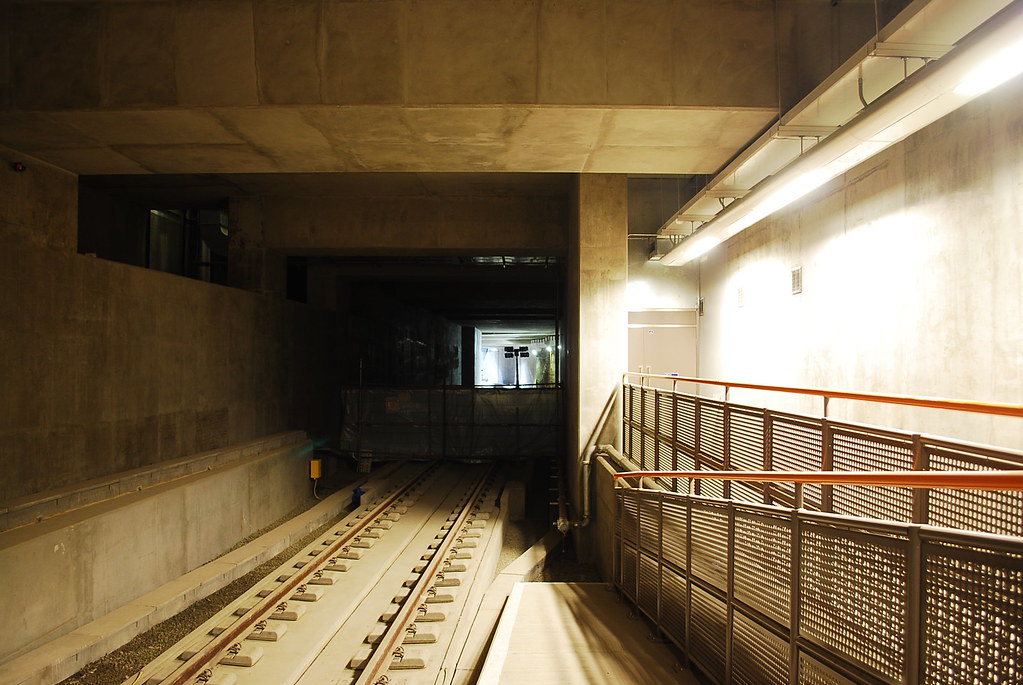 Source: Adam UXB Smith on Flickr
HAGGERSTON
Source: Adam UXB Smith on Flickr
HAGGERSTON
Located south of Dalston Junction, Haggerston is located to the north of a previous station of the same name that existed between 1867 and 1940. To the south of the station, the ELL crosses over the the Regent's Canal,
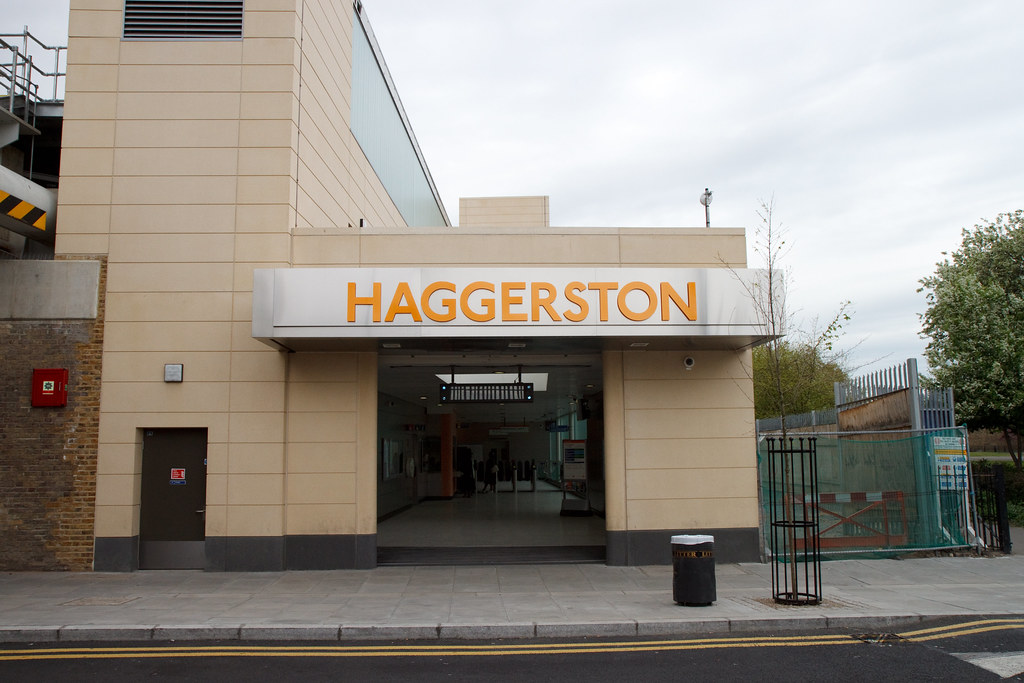 Source: tompagenet on Flickr
Source: tompagenet on Flickr
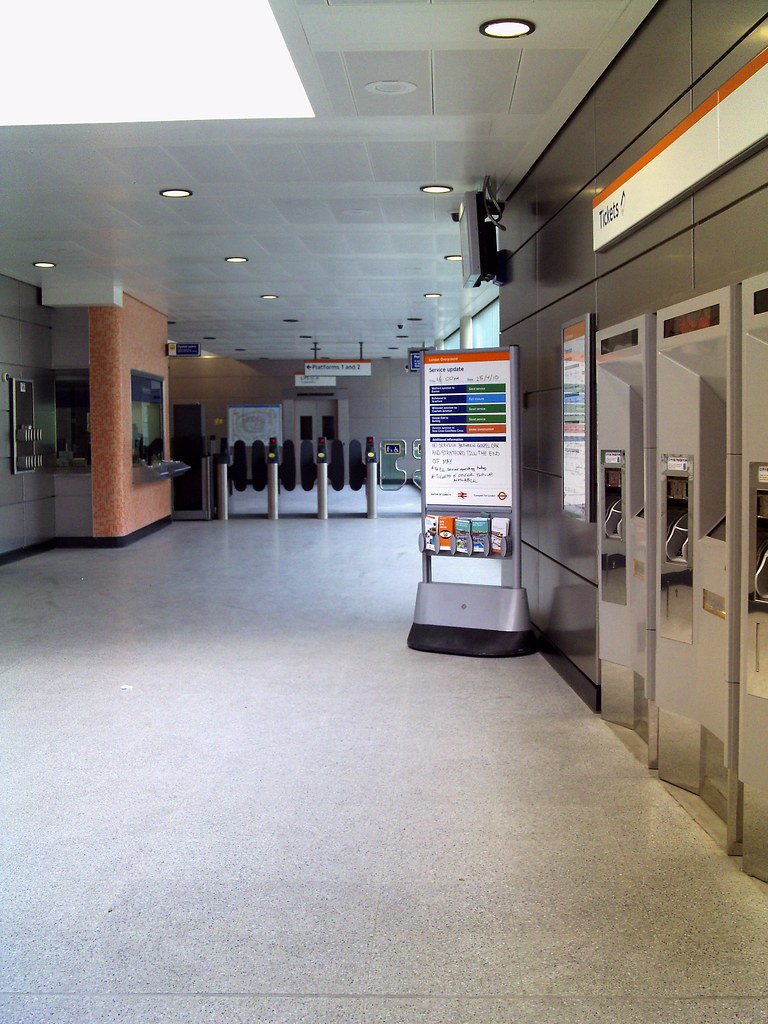 Source: Cybermyth13 on Flickr
Source: Cybermyth13 on Flickr
 Source: tompagenet on Flickr
Source: tompagenet on Flickr
 Source: tompagenet on Flickr
Source: tompagenet on Flickr
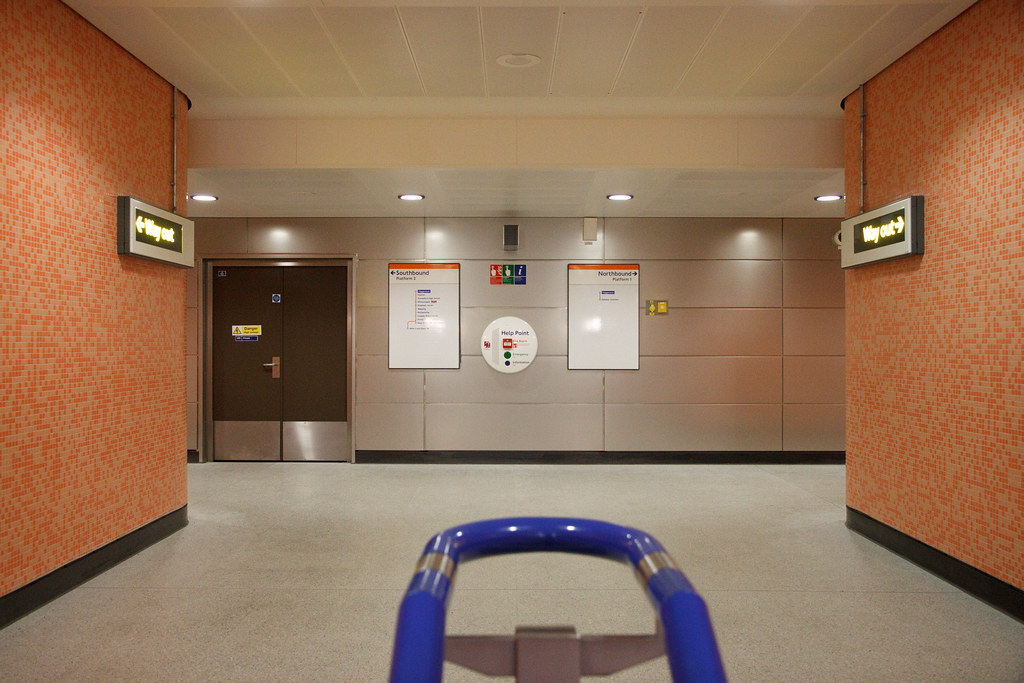 Source: tompagenet on Flickr
Source: tompagenet on Flickr
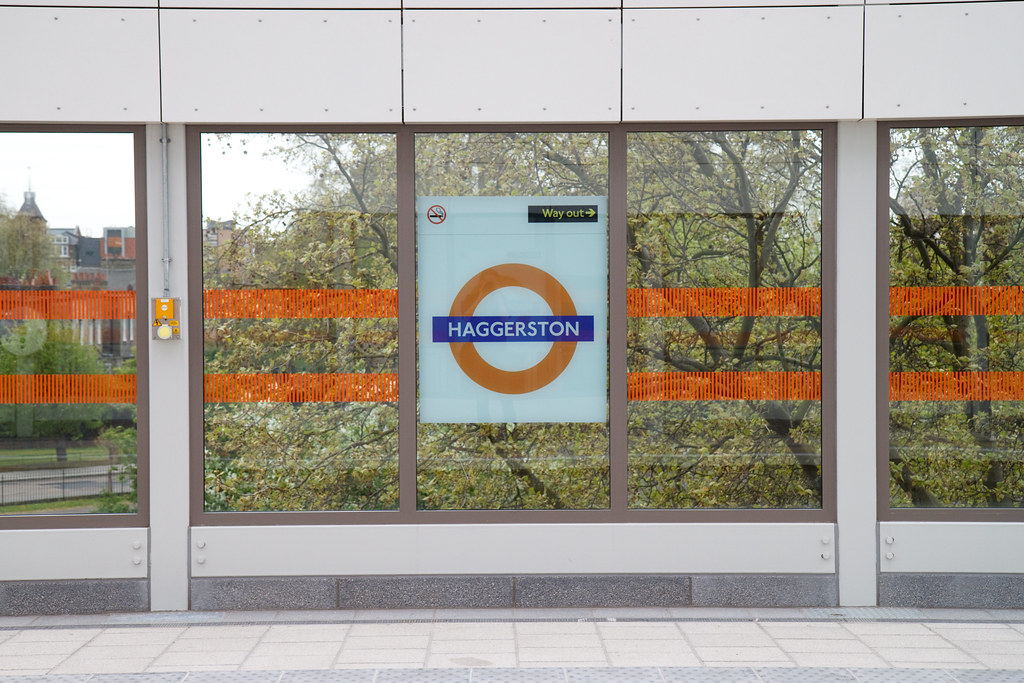 Source: tompagenet on Flickr
Source: tompagenet on Flickr
 Source: tompagenet on Flickr
HOXTON
Source: tompagenet on Flickr
HOXTON
Located on the final southern stretch of the brick-built Kingsland Viaduct (whereafter it then diverges on to a new route to Shoreditch High Street station), Hoxton station is contained within the brick arches that have supported trains running above for well over a century.
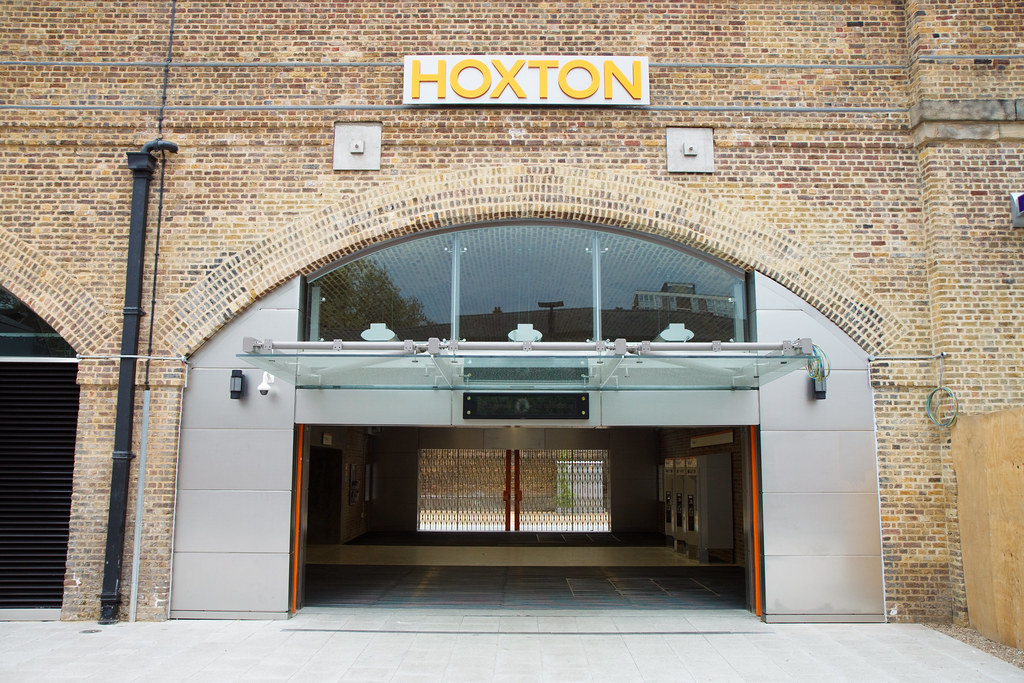 Source: tompagenet on Flickr
Source: tompagenet on Flickr
 Source: ladyb1895 on Flickr
Source: ladyb1895 on Flickr
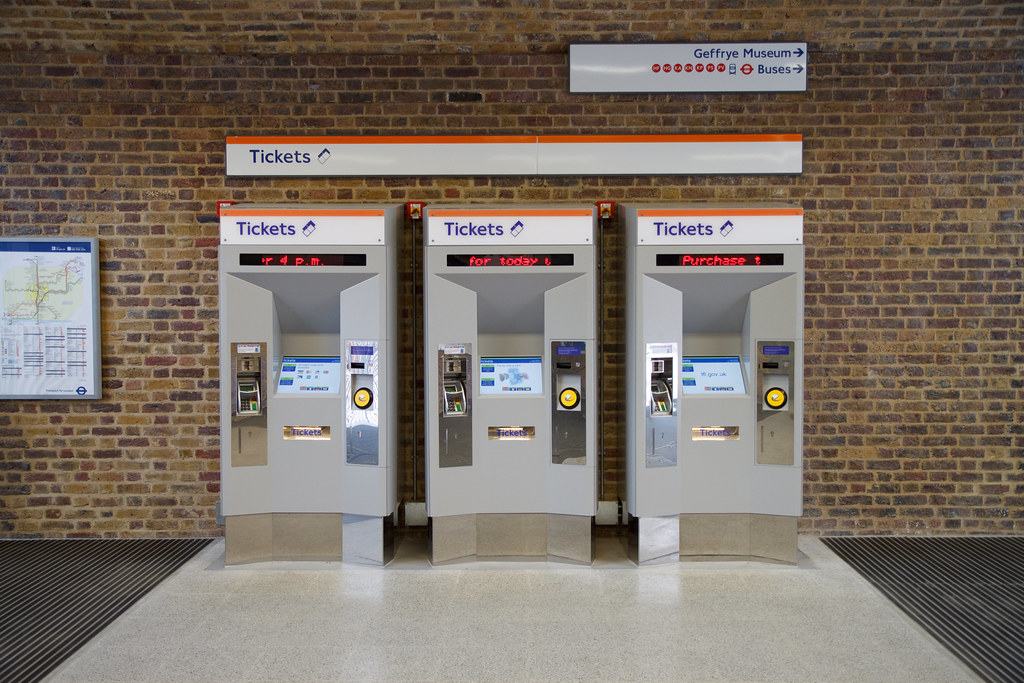 Source: tompagenet on Flickr
Source: tompagenet on Flickr
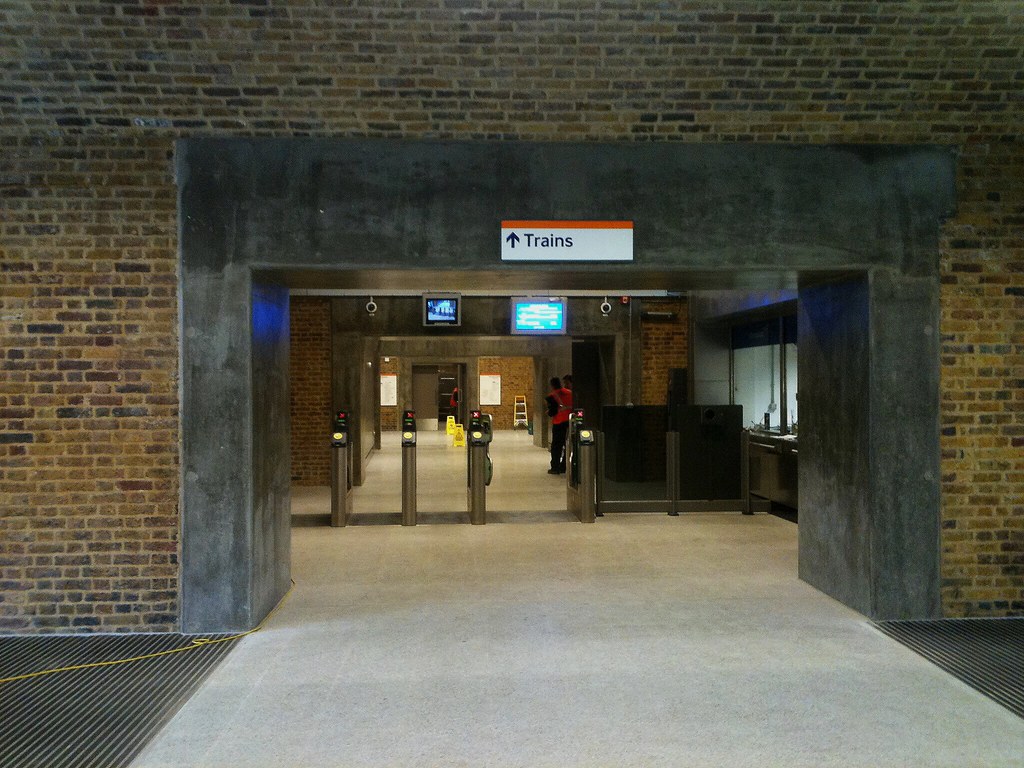 Source: macspite on Flickr
Source: macspite on Flickr
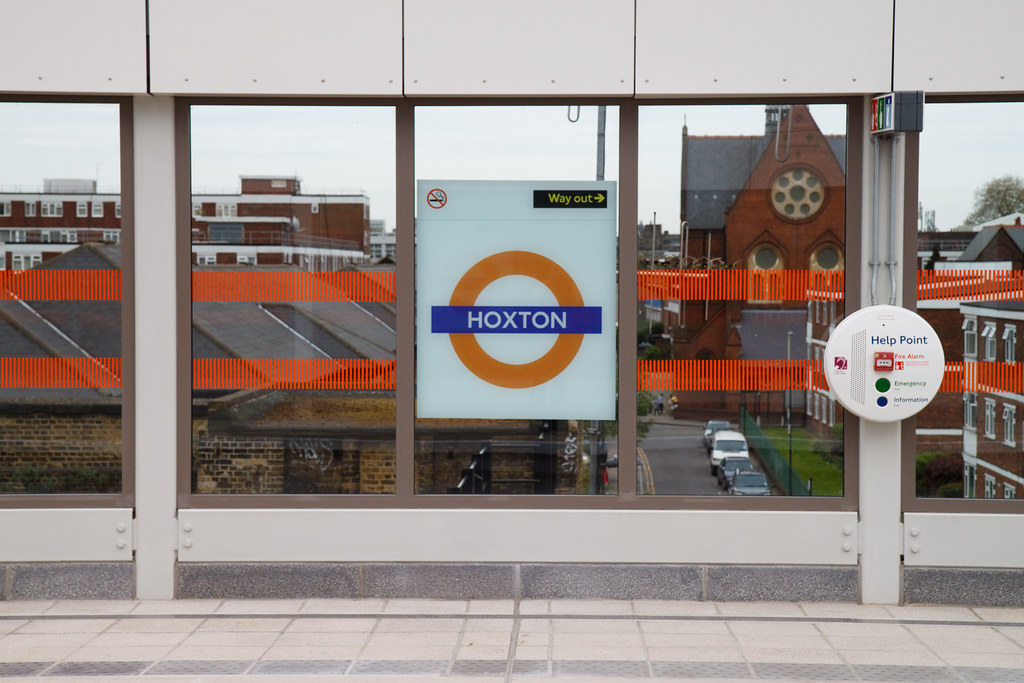 Source: tompagenet on Flickr
Source: tompagenet on Flickr
 Source: tompagenet on Flickr
Source: tompagenet on Flickr
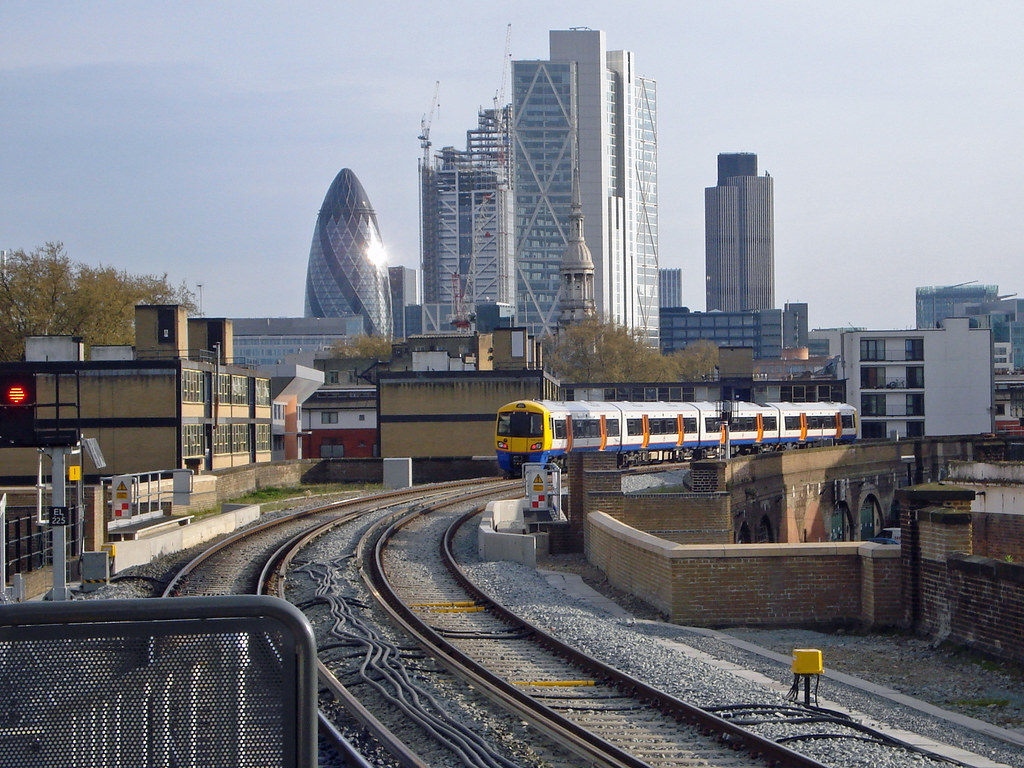 Source: diamond geezer on Flickr
SHOREDITCH HIGH STREET
Source: diamond geezer on Flickr
SHOREDITCH HIGH STREET
Despite being built atop a viaduct, Shoreditch High Street is cocooned in a concrete box which will provide safety for commuters and trains while skyscrapers are built around the station. Going north, trains cross Shoreditch High Street and onto the old Kingsland Viaduct onwards to Dalston. Going southwards, trains cross the Great Eastern Main Line and West Anglia Main Line (both lines running into Liverpool Street) on their way towards destinations south of the Thames.
The Central line tunnels pass under the station, but it was decided that the cost to build deep-level tunnels and the risk of over-crowding meant that the interchange wasn't constructed. The construction of Crossrail and the new Chelsea-Hackney line could see a Central Line station and interchange constructed to provide greater interchange possibilities.
The adjacent disused brick-viaducts which acted as the foundations of the old Bishopsgate station & goods yard (1840-1864) are set to be re-used for retail and communal purposes for the surrounding high-rise developments. An excellent article on the station and the immense brick viaducts that remain can be viewed at the following website:
http://www.subbrit.org.uk/sb-sites/s...on/index.shtml
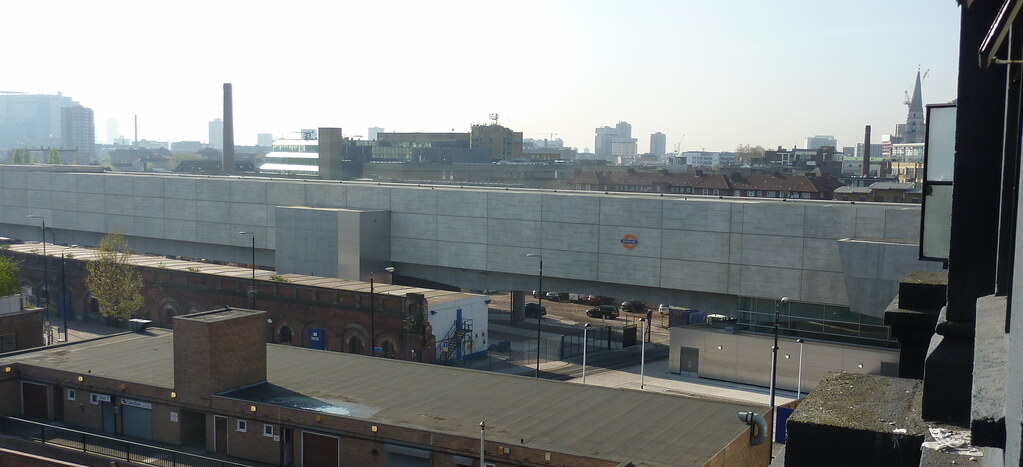 Source: Normal for Norfolk on Flickr
Source: Normal for Norfolk on Flickr
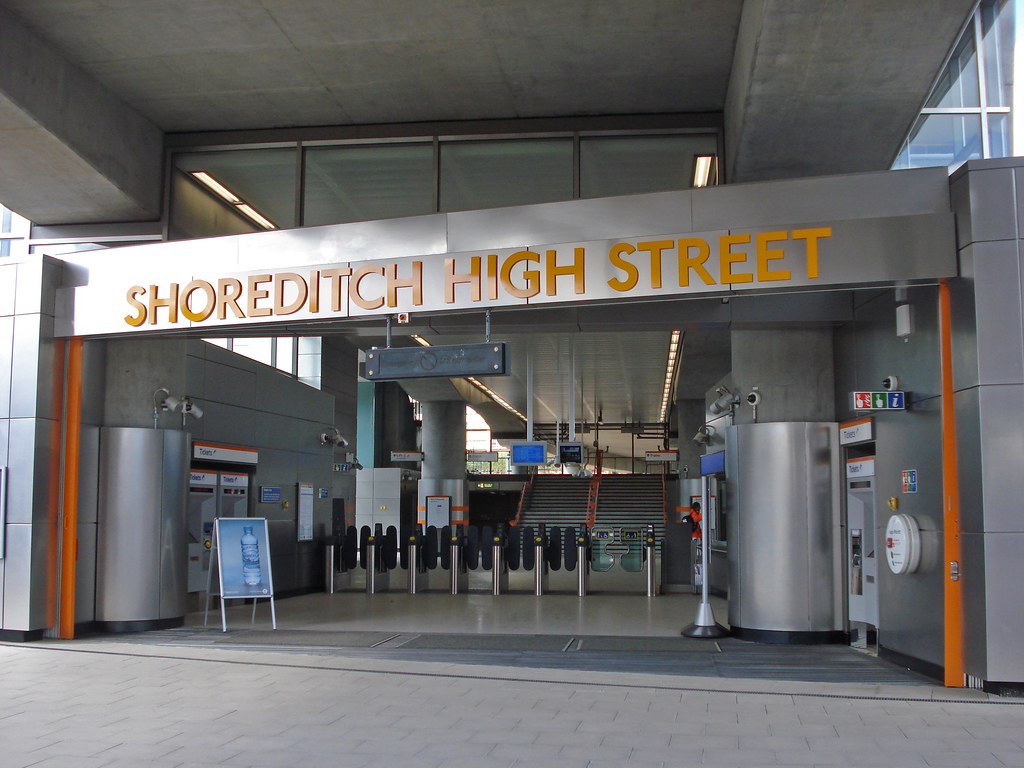 Source: diamond geezer on Flickr
Source: diamond geezer on Flickr
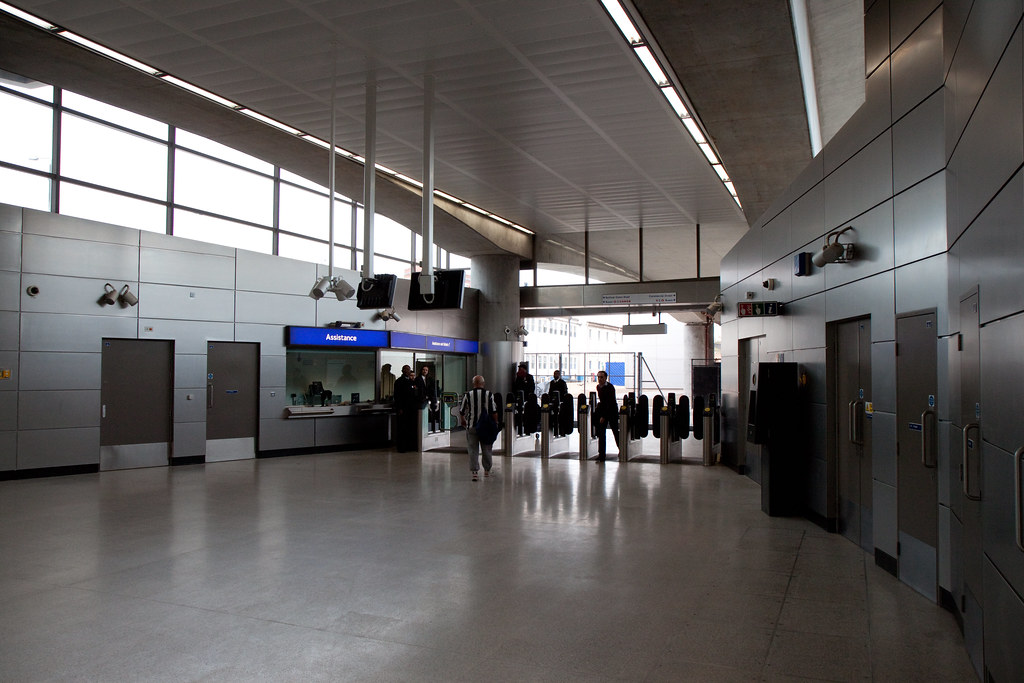 Source: tompagenet on Flickr
Source: tompagenet on Flickr
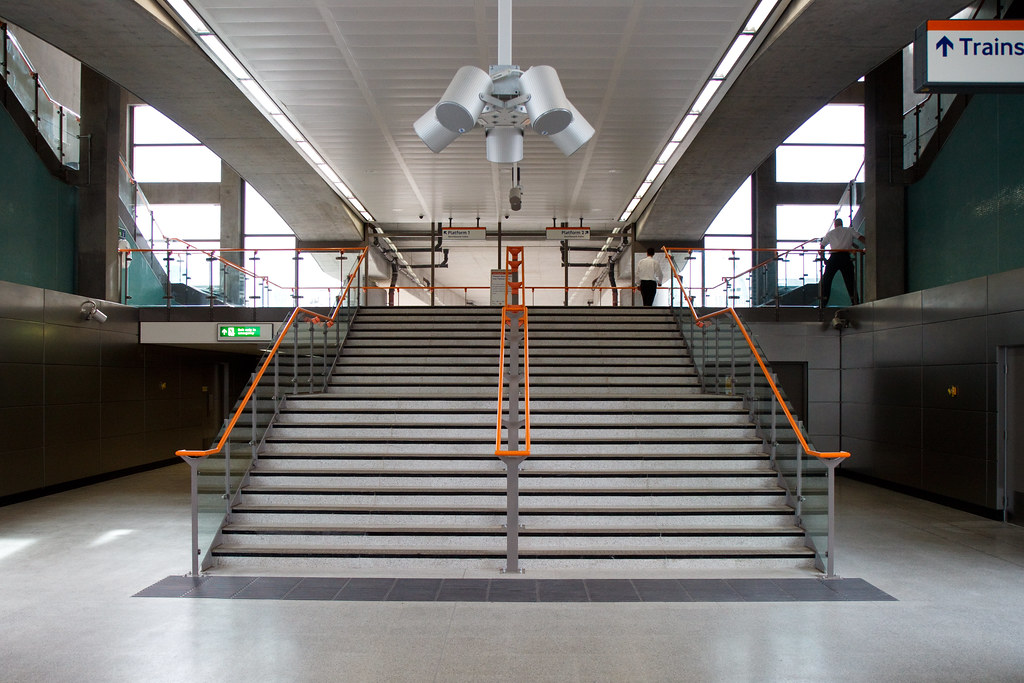 Source: tompagenet on Flickr
Source: tompagenet on Flickr
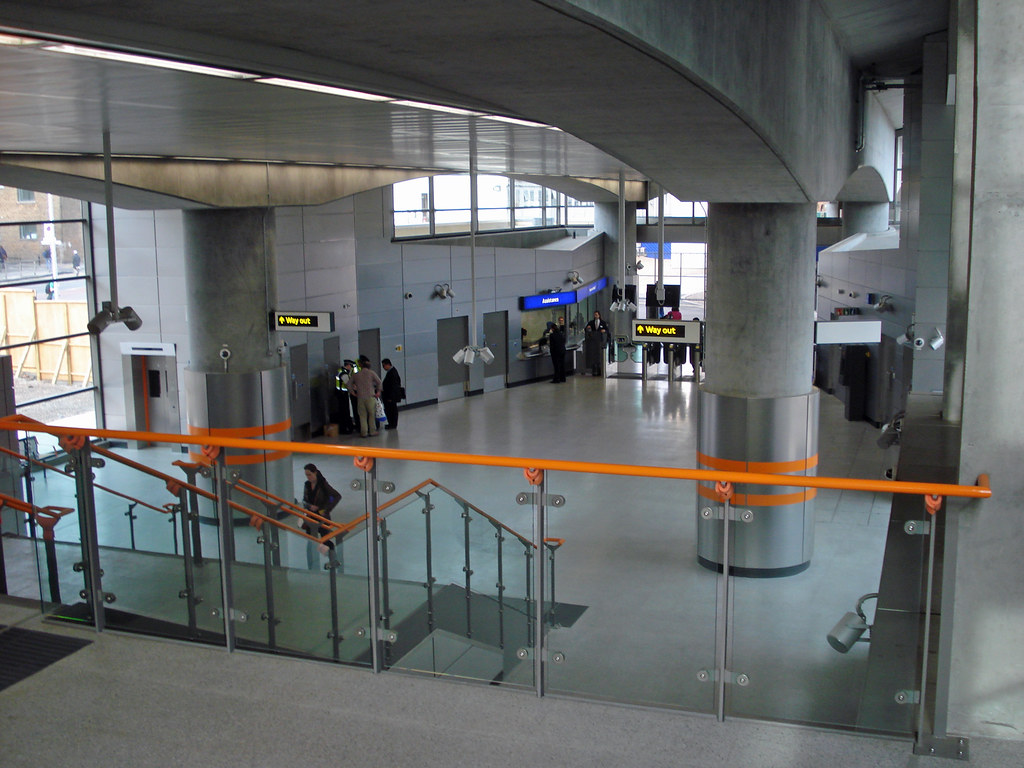 Source: diamond geezer on Flickr
Source: diamond geezer on Flickr
 Source: tompagenet on Flickr
WHITECHAPEL
Source: tompagenet on Flickr
WHITECHAPEL
Dating back to 1876, Whitechapel is an important East London interchange for the District, East London, and Hammersmith & City lines. The station currently has 6 platforms, and prior to the ELL work, there was once a connection between the ELL and the District & Hammersmith lines above via the St Mary's Curve but the points have since been removed.
Come 2017, Whitechapel station will be re-built (except for the ELL platforms) to allow for easier interchange with Crossrail; Whitechapel will be an important station on the Crossrail route because going eastwards, the line will split towards Stratford and Canary Wharf.
A peculiar note is that despite the ELL officially being a part of the London Overground network, at Whitechapel, the London Underground platforms pass overhead.
 Source: tompagenet on Flickr
Source: tompagenet on Flickr
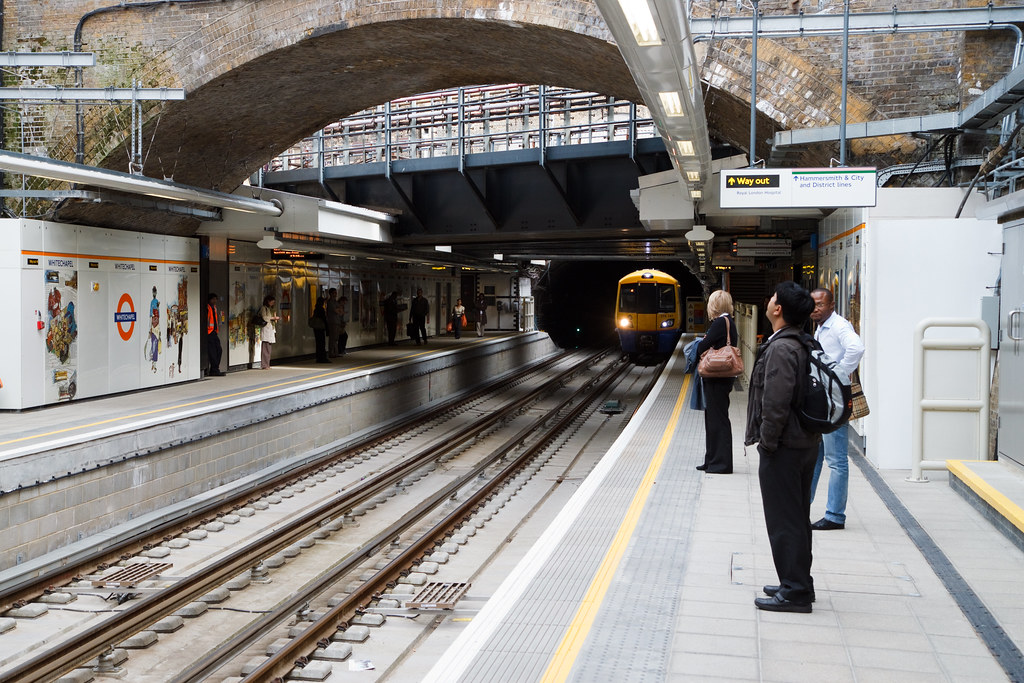 Source: tompagenet on Flickr
Source: tompagenet on Flickr
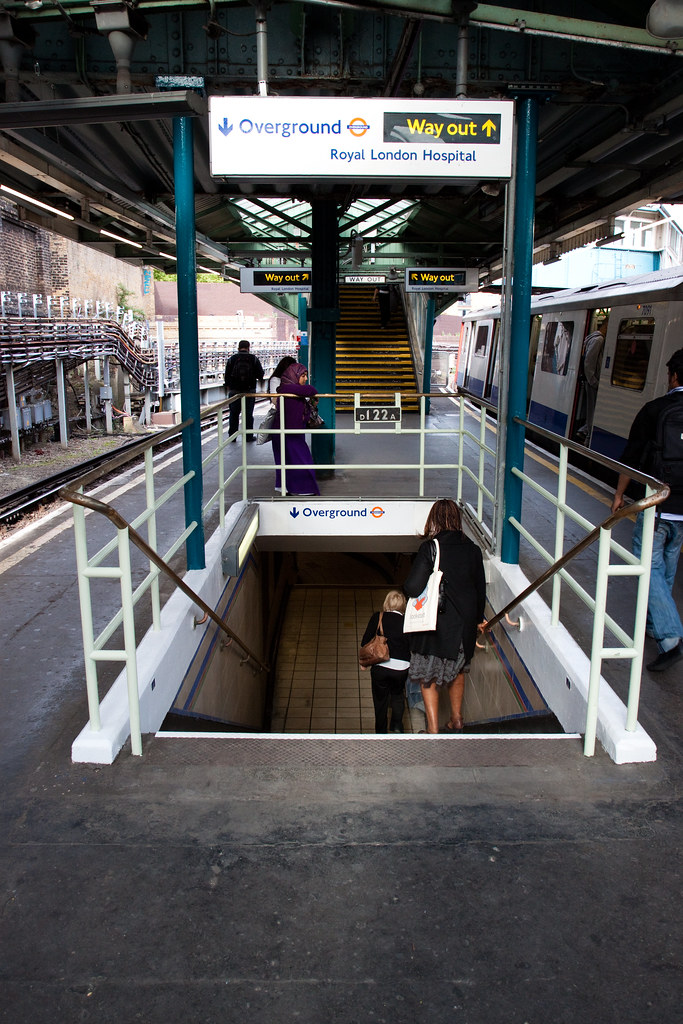 Source: tompagenet on Flickr
Source: tompagenet on Flickr
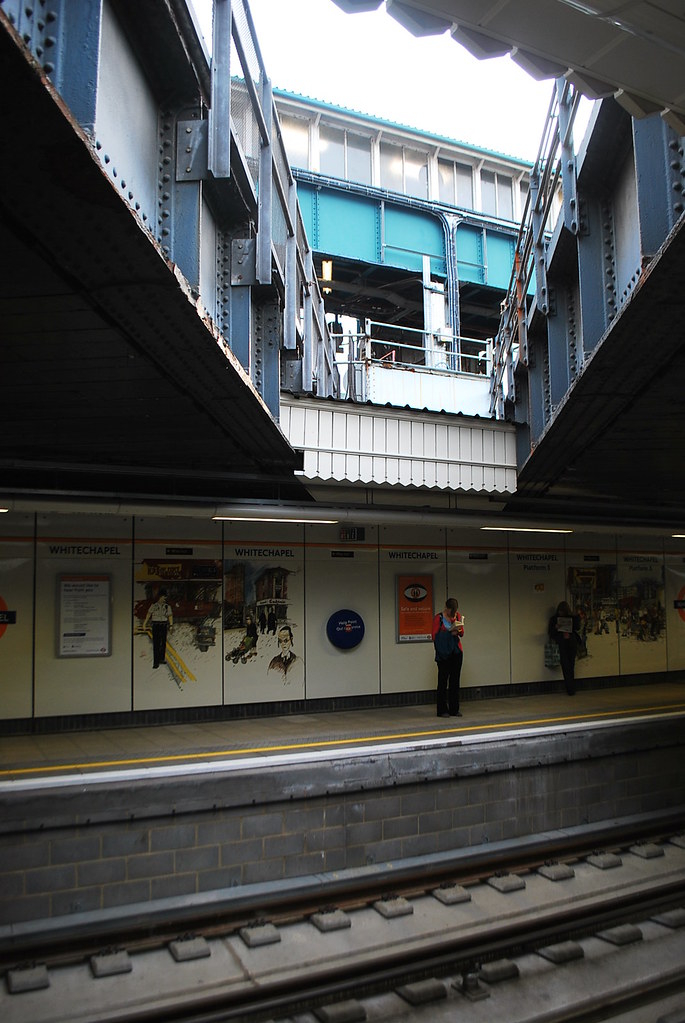 Source: Adam UXB Smith on Flickr
SHADWELL
Source: Adam UXB Smith on Flickr
SHADWELL
Located south of Whitechapel, Shadwell is an interchange with the DLR (for journeys to the Square Mile and Canary Wharf).
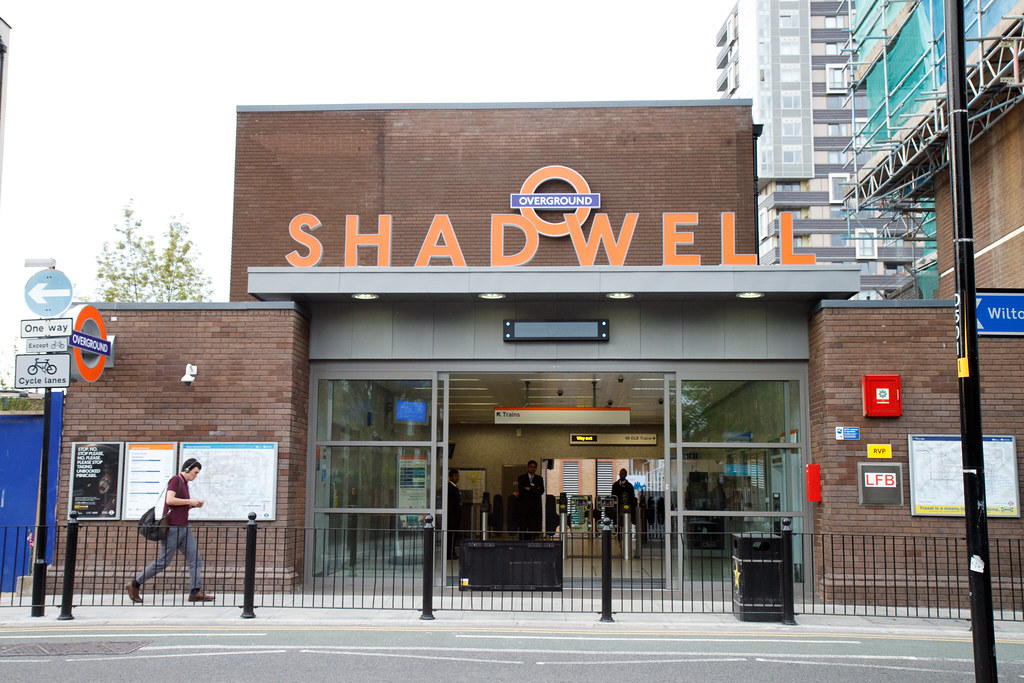 Source: tompagenet on Flickr
Source: tompagenet on Flickr
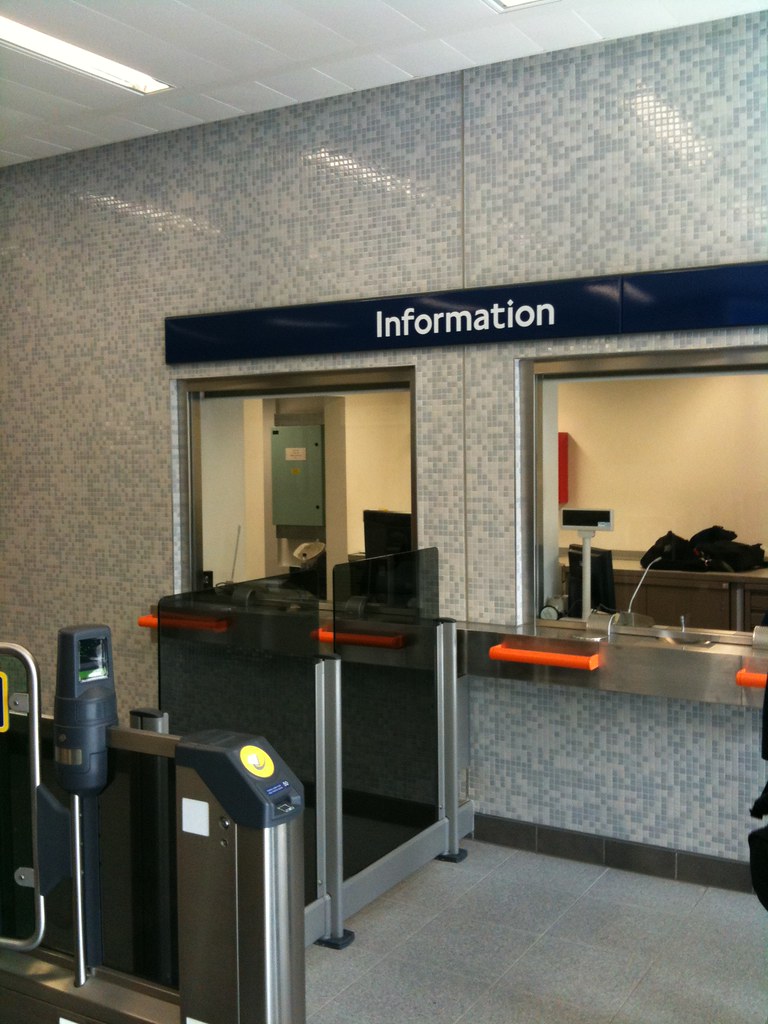 Source: darquati on Flickr
Source: darquati on Flickr
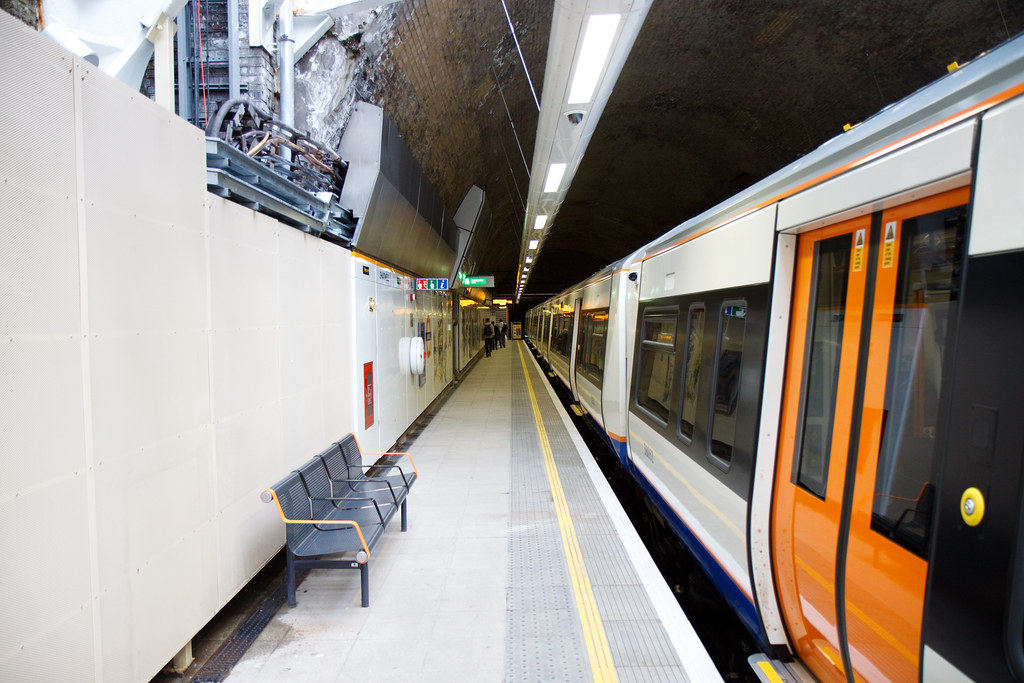 Source: tompagenet on Flickr
WAPPING
Source: tompagenet on Flickr
WAPPING
Located on the north-bank of the Thames, Wapping station serves a mainly residential area that consists of former waterside warehouses.
Immediately to the south of the station is the northern entrance to one of the most important engineering marvels created by man - the Thames Tunnel. Built by Marc Isambard Brunel and Thomas Cochrane, the 396m and 167 year old tunnel was the world's first underwater tunnel and the first in the world to employ a tunnel shield. Essentially the engineering behind the Thames Tunnel, is the same that is employed across the world in building today's tunnels.
Due to the Victorian origin of the line and the era of steam trains - voids were built along the old ELL course to allow for the steam to escape the tunnels. One such vast void is visible at Wapping where the Thames Tunnel northern portal exists.
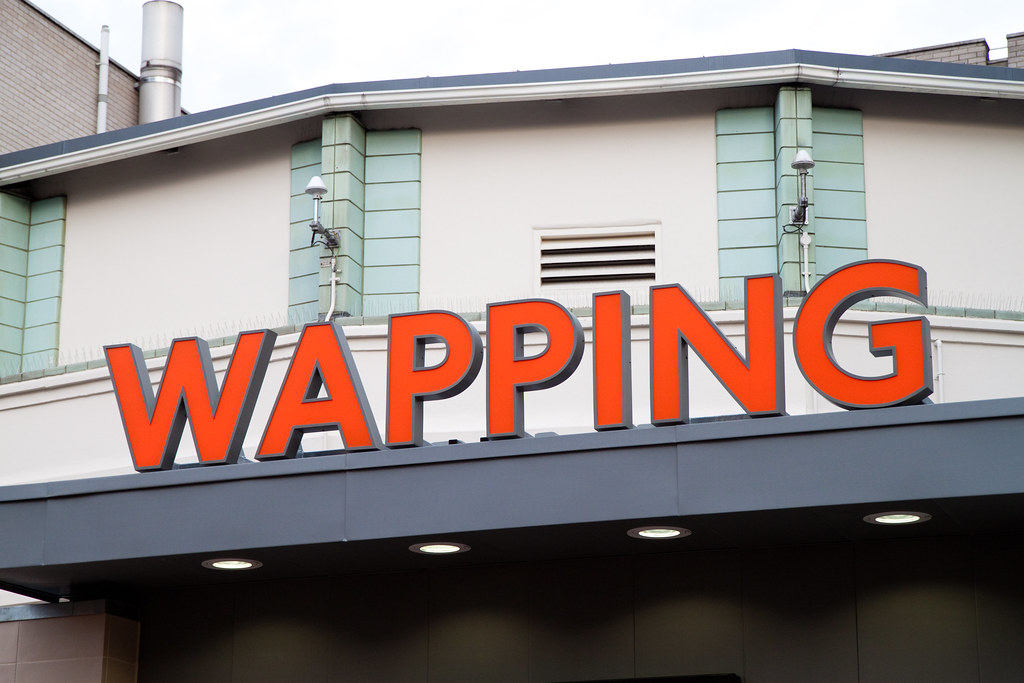 Source: tompagenet on Flickr
Source: tompagenet on Flickr
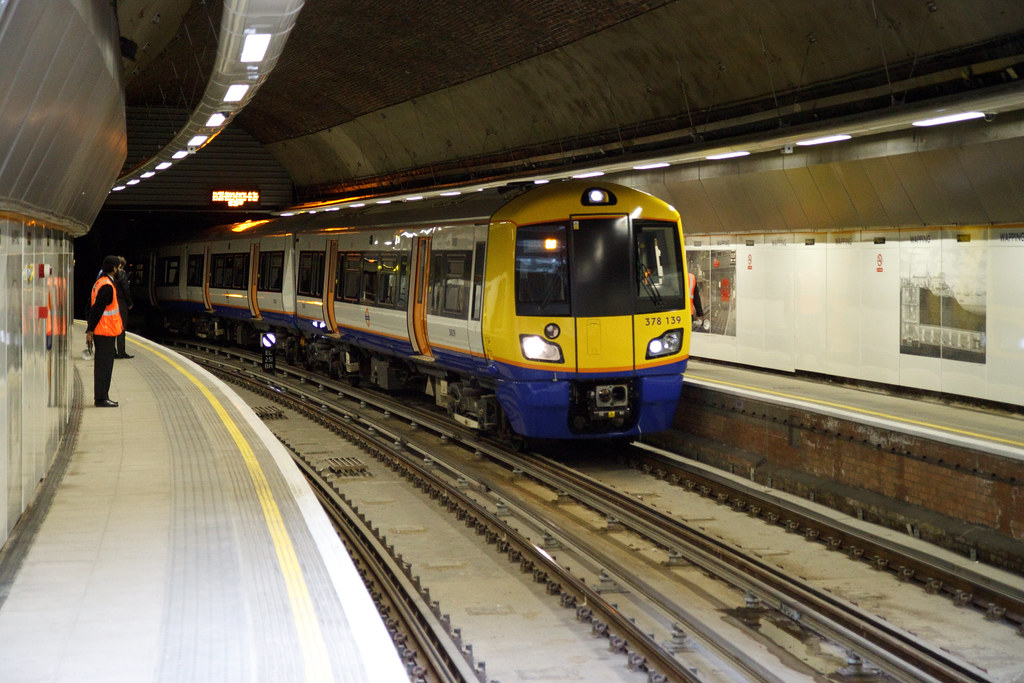 Source: tompagenet on Flickr
Source: tompagenet on Flickr
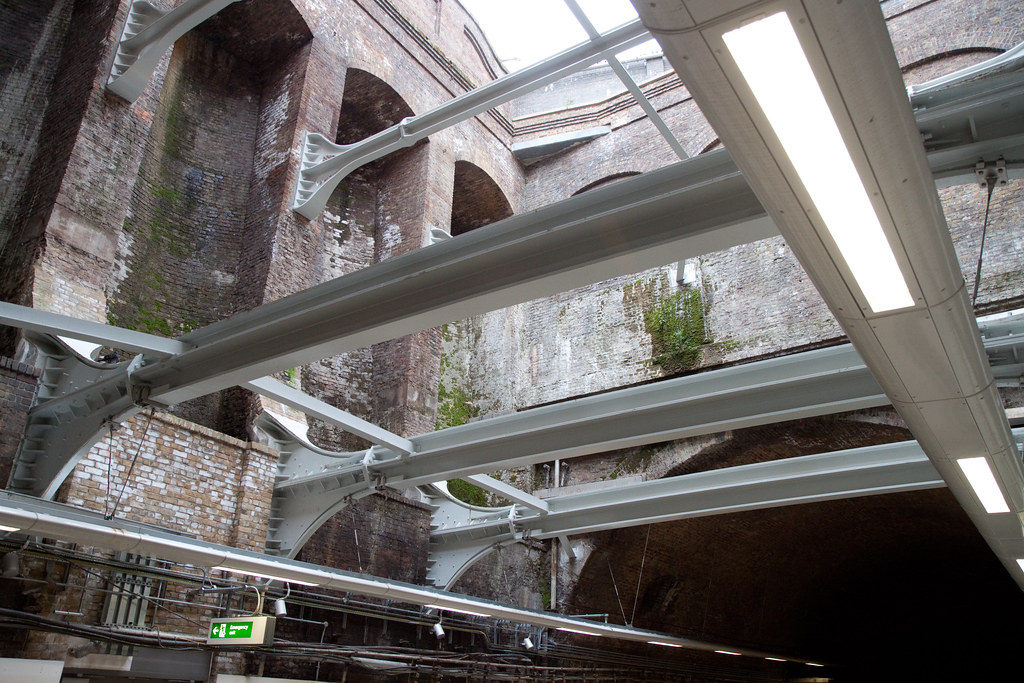 Source: tompagenet on Flickr
ROTHERHITHE
Source: tompagenet on Flickr
ROTHERHITHE
Located on the south-bank of the Thames, Rotherhithe is at the southern portal of the Thames Tunnel. Due to the confines of the station and its proximity to the Thames Tunnel, there were discussions as to whether to close Rotherhithe and Wapping because both station can only take 4-carriage trains. Fortunately both stations remain open and any future train lengthening exercise could involve selective door opening.
The Mayflower (of Pilgrim Father fame) sailed from Rotherhithe before making its final call at Southampton prior to its journey onto New England.
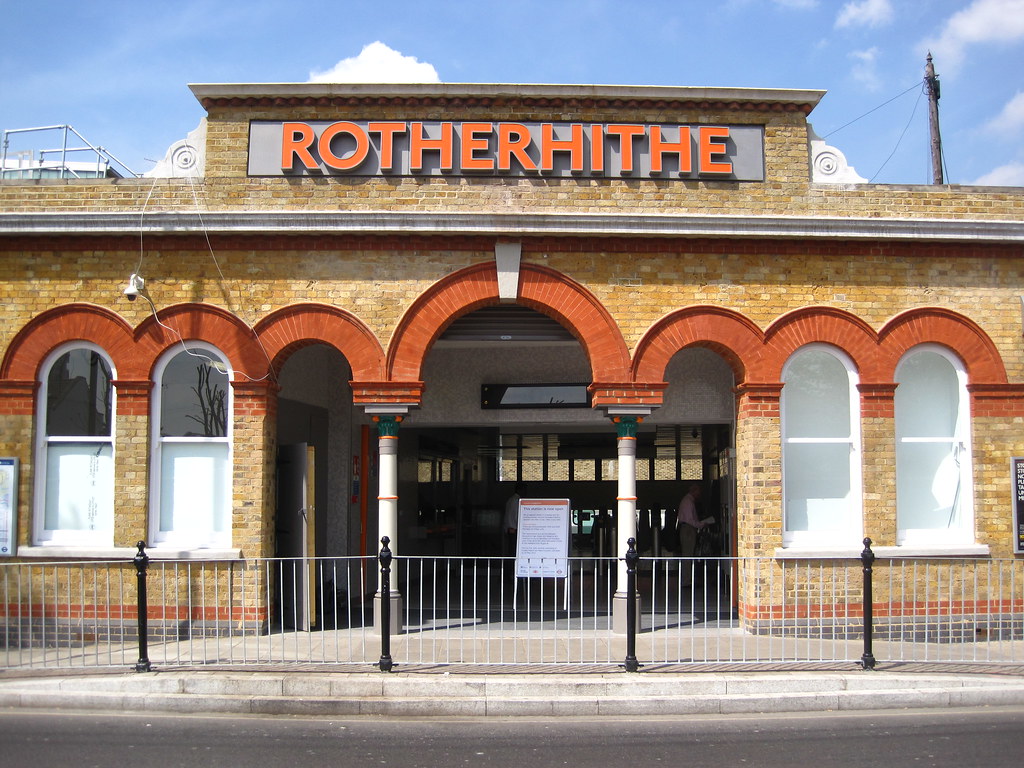 Source: ithinerantlondoner on Flickr
Source: ithinerantlondoner on Flickr
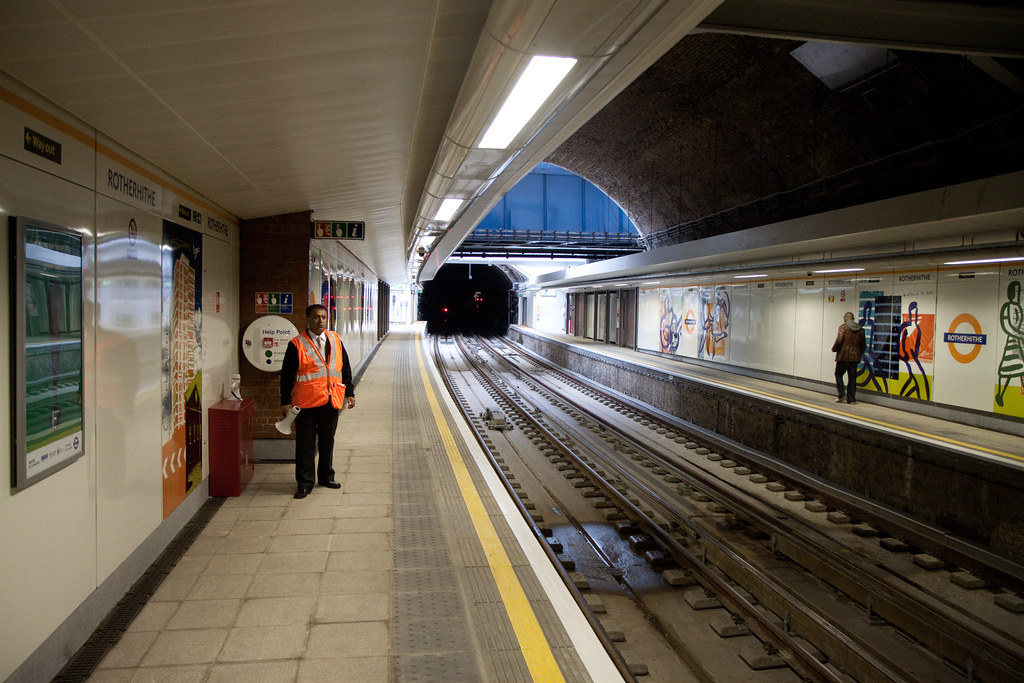 Source: tompagenet on Flickr
Source: tompagenet on Flickr
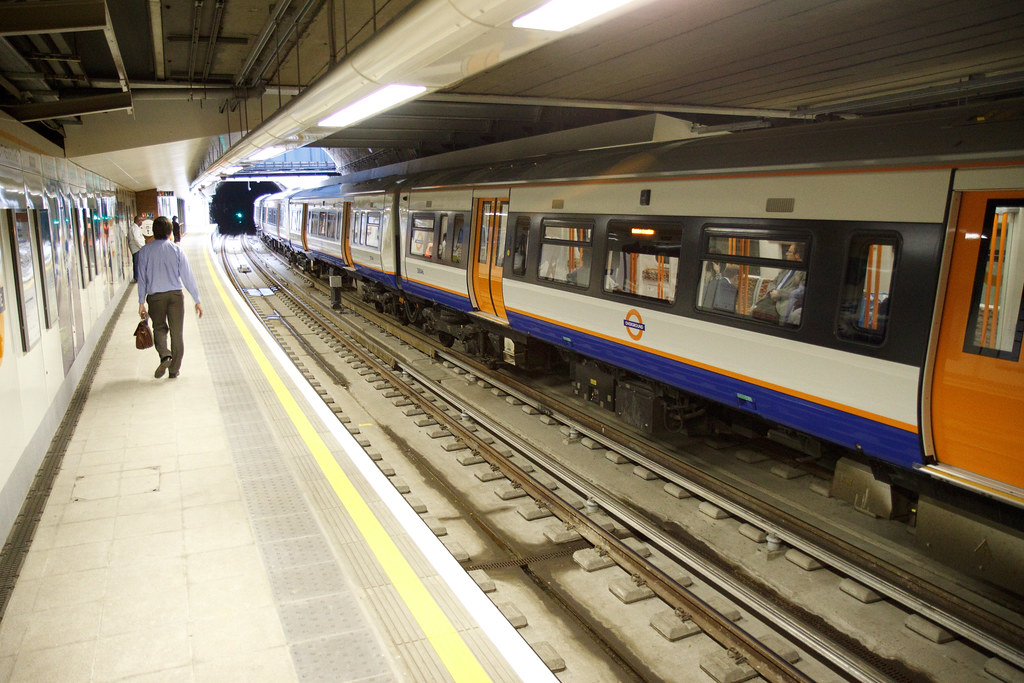 Source: tompagenet on Flickr
CANADA WATER
Source: tompagenet on Flickr
CANADA WATER
Located amongst a network of former canals and docks, Canada Water station was opened in 1999 as an interchange with the Jubilee line. Since the advent of containerisation, the area has been gentrified into a now largely residential area across the river from Canary Wharf.
The entire station was built using two large cut-and-cover boxes at right angles to each other and is an important interchange for south Londoners looking to access Canary Wharf.
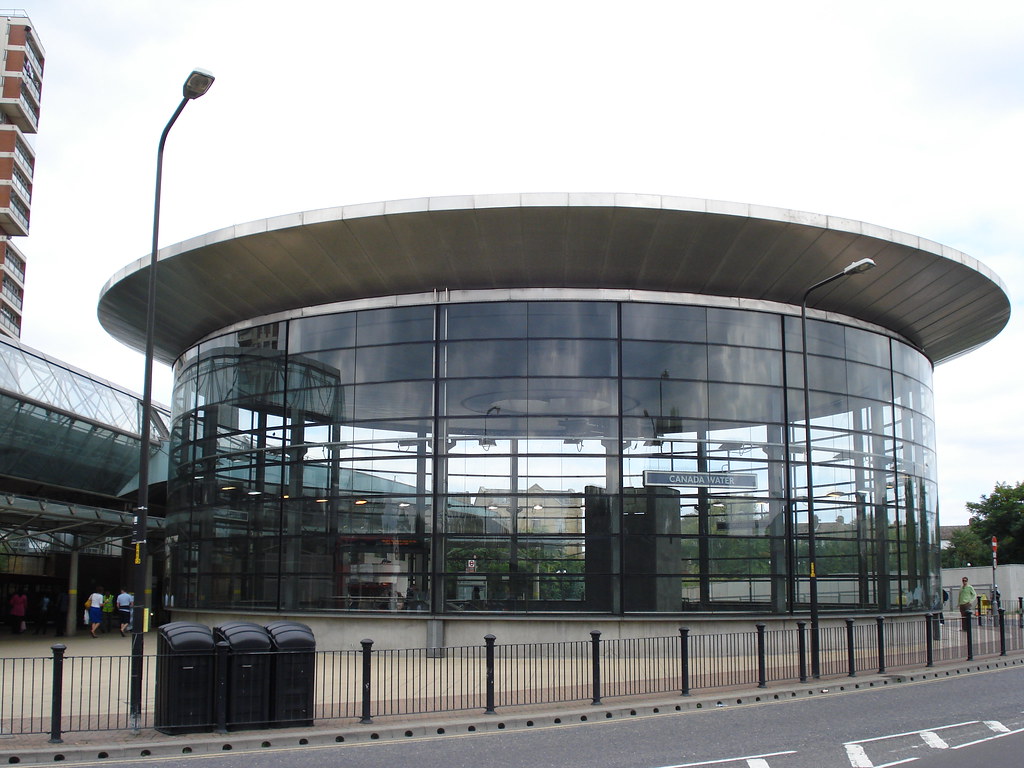 Source: Kake Pugh on Flickr
Source: Kake Pugh on Flickr
 Source: tompagenet on Flickr
Source: tompagenet on Flickr
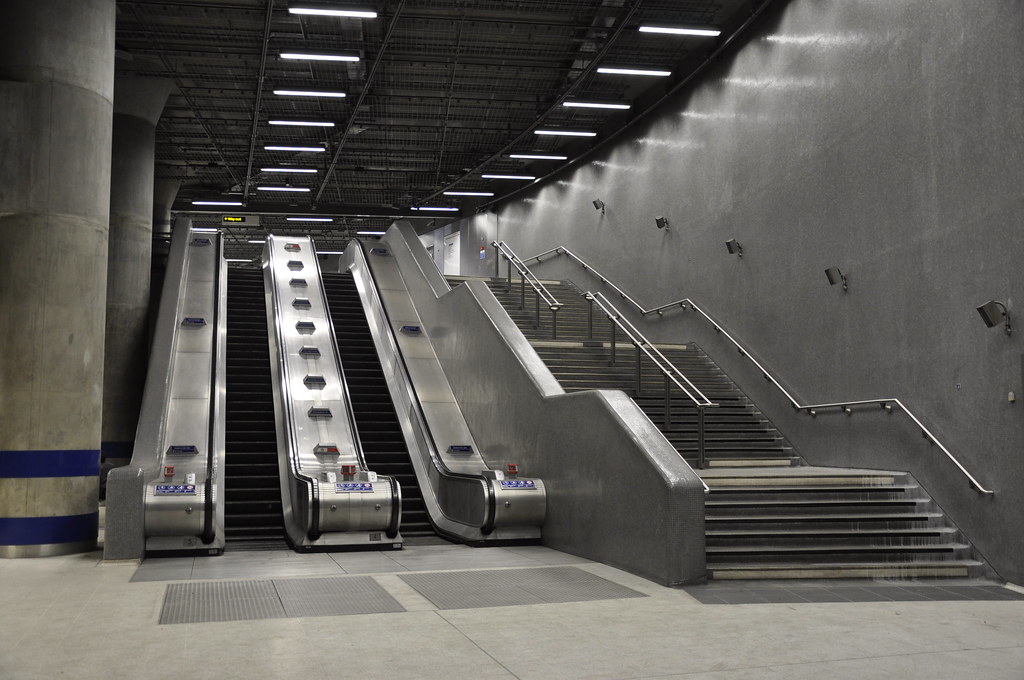 Source: wunder k on Flickr
Source: wunder k on Flickr
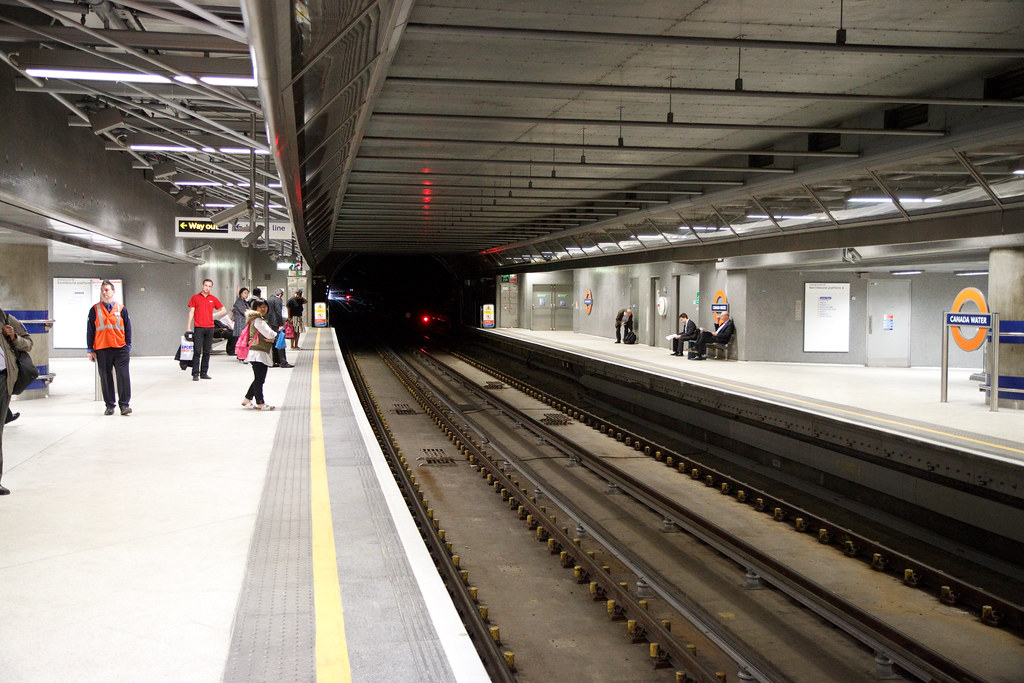 Source: tompagenet on Flickr
Source: tompagenet on Flickr
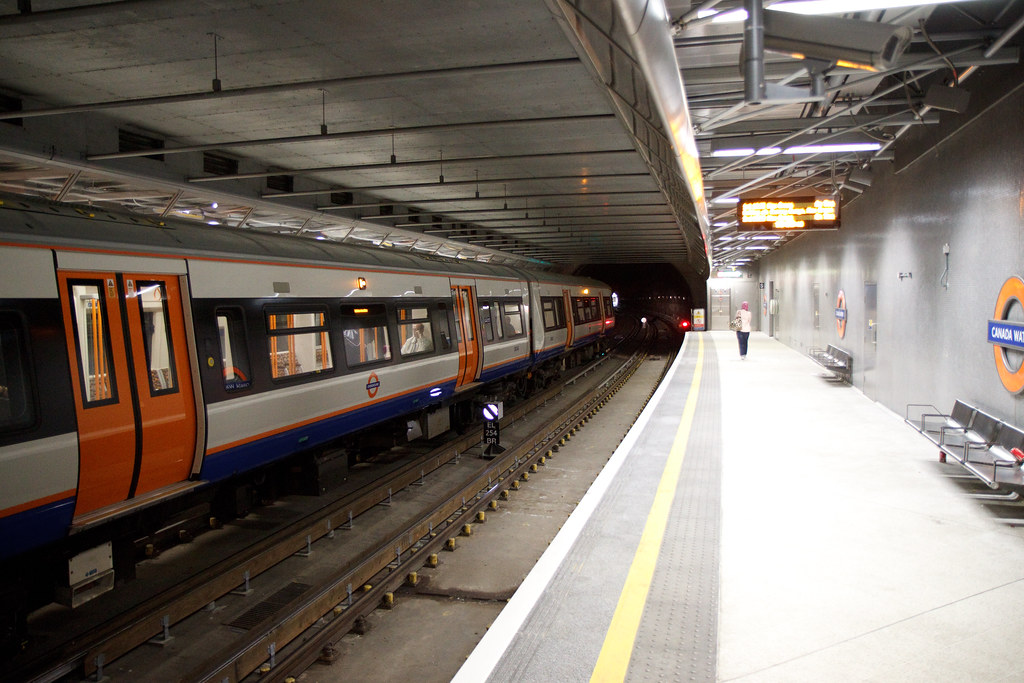 Source: tompagenet on Flickr
Source: tompagenet on Flickr
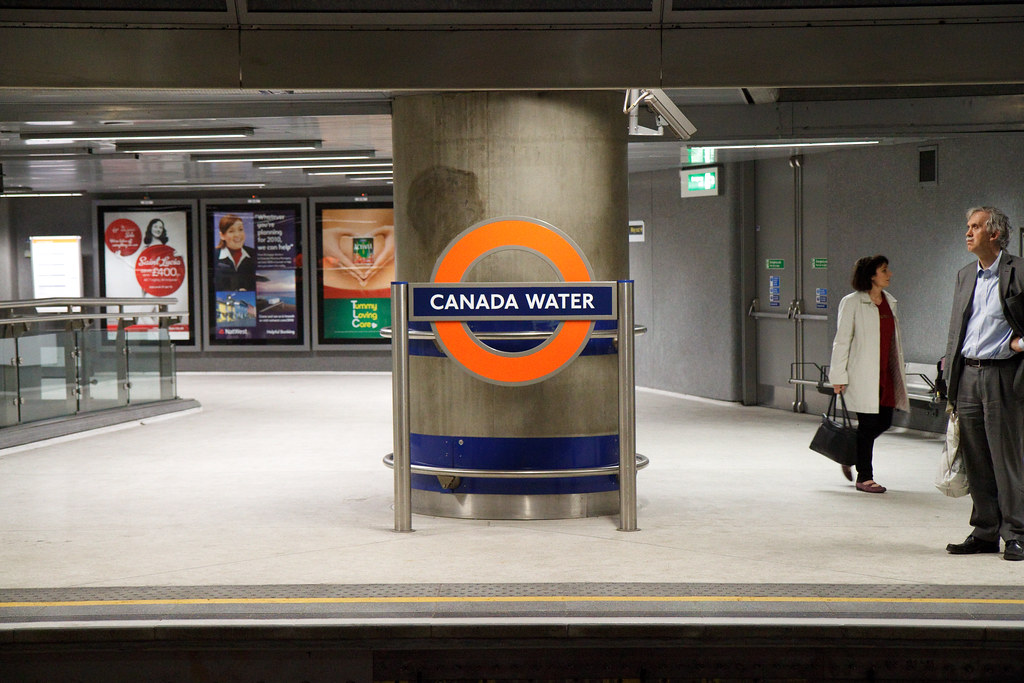 Source: tompagenet on Flickr
SURREY QUAYS
Source: tompagenet on Flickr
SURREY QUAYS
Having opened back in 1869, Surrey Quays retains numerous Victorian characteristics at platform-level. South of the station, the ELL currently diverges into two branches: a short spur to New Cross, and another to West Croydon & Crystal Palace via New Cross Gate. Services beyond New Cross Gate will begin on May 23rd. An additional spur to the south of the station to Clapham Junction will open by 2012.
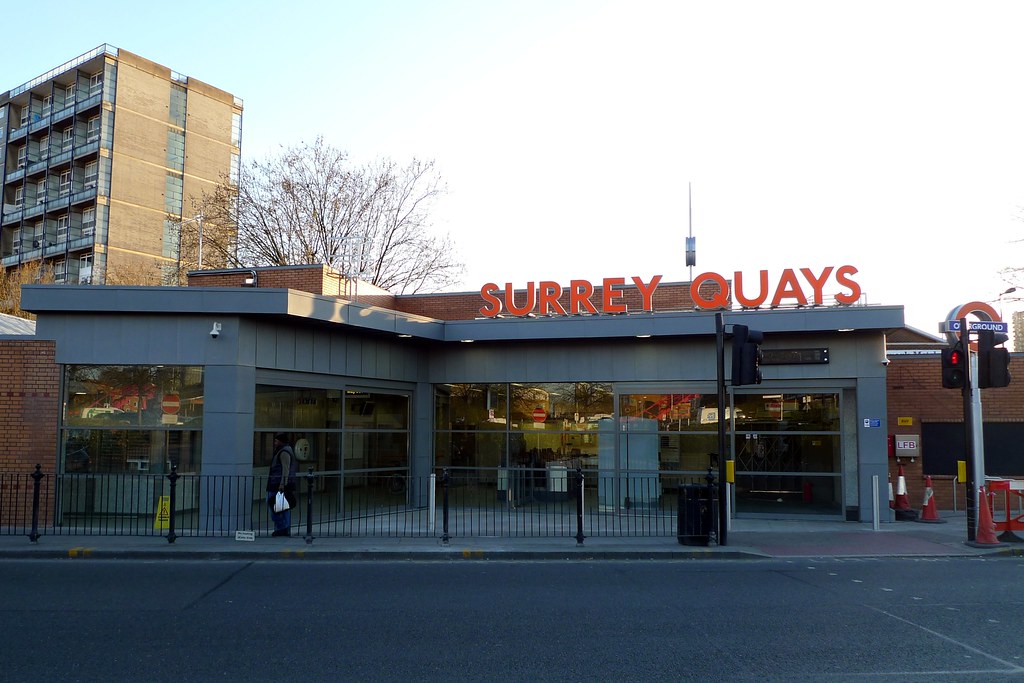 Source: Ewan-M on Flickr
Source: Ewan-M on Flickr
 Source: tompagenet on Flickr
Source: tompagenet on Flickr
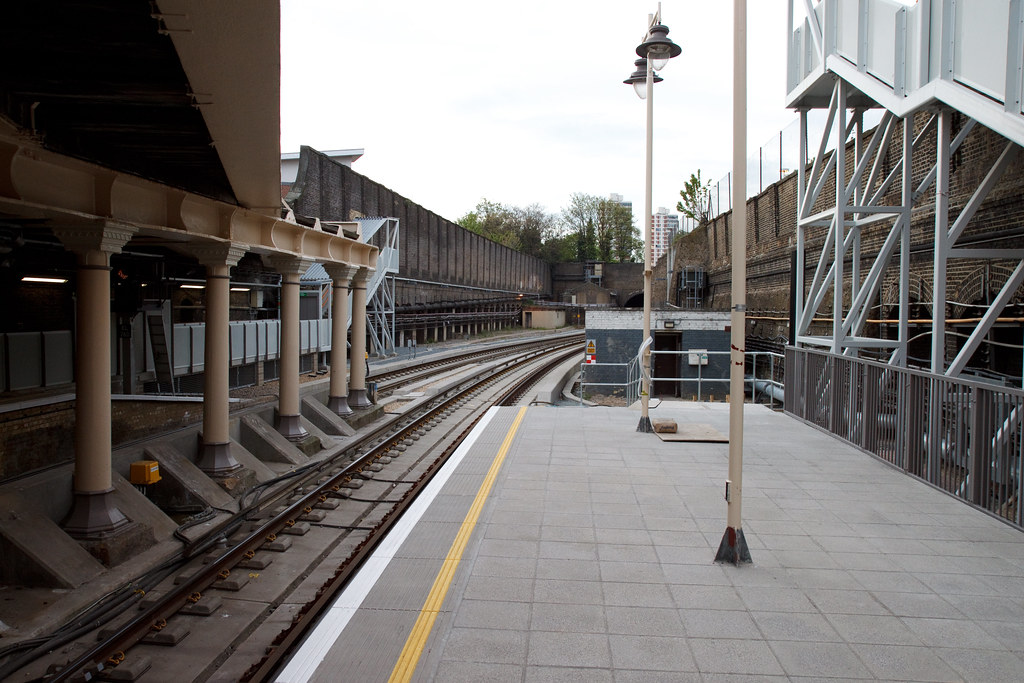 Source: tompagenet on Flickr
NEW CROSS
Source: tompagenet on Flickr
NEW CROSS
Located on a short spur south of Surrey Quays, New Cross (not to be confused with New Cross Gate) is an interchange station station for Southeastern commuter services on the Bexleyheath, Dartford Loop, Hayes and London-Orpington lines. The station currently has four platforms with through lines for express commuter services.
The station was first opened in 1839 and is due east of New Cross New Cross Gate along New Cross Road.
 Source: Kake Pugh on Flickr
Source: Kake Pugh on Flickr
 Source: tompagenet on Flickr
NEW CROSS GATE
Source: tompagenet on Flickr
NEW CROSS GATE
New Cross Gate is the temporary southern terminus of the ELL until 23rd May when the line will be extended down to Crystal Palace and West Croydon.
Having opened in 1839, the station currently consists of five platforms and allows for interchange with Southern and Thameslink services on the Brighton Main, Caterham, and Tattenham Corner lines.
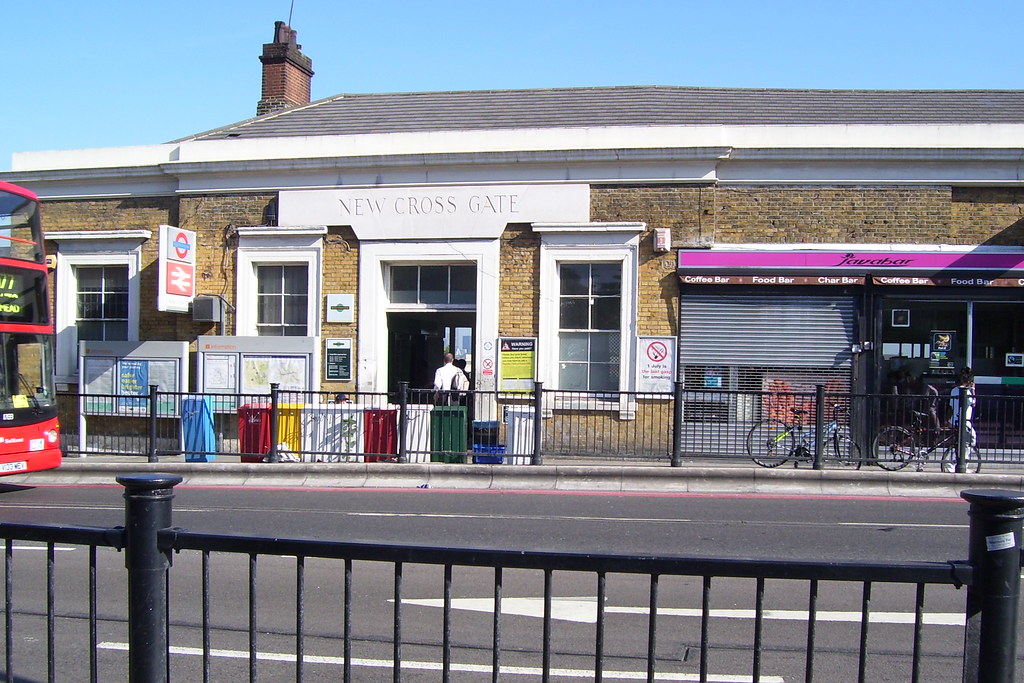 Source: Kake Pugh on Flickr
Source: Kake Pugh on Flickr
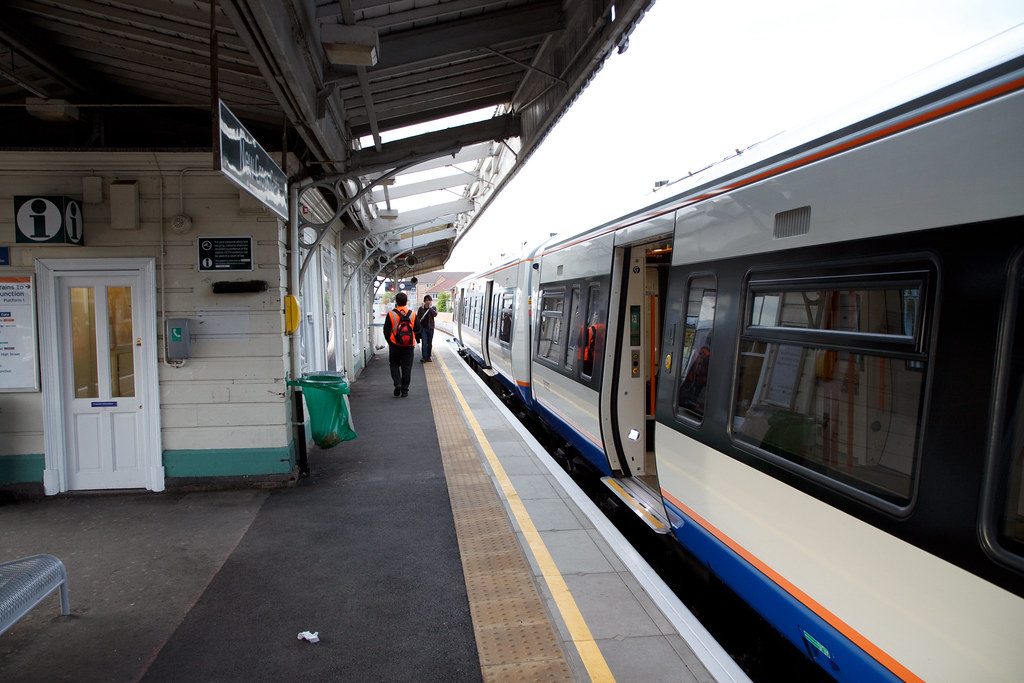 Source: tompagenet on Flickr
TRAINS
Source: tompagenet on Flickr
TRAINS
To compliment the line, new trains from Bombardier have been built. The class 378 group of trains are the first by TfL to operate air conditioning (although many of the London commuter rail operators operate air-con trains already), and feature longitudinal padded seating with walk-through carriages to assist in dispersion of commuters through the train. Current trains are four-carriages in length, but have potential to be lengthened.
 Source: tompagenet on Flickr
Source: tompagenet on Flickr
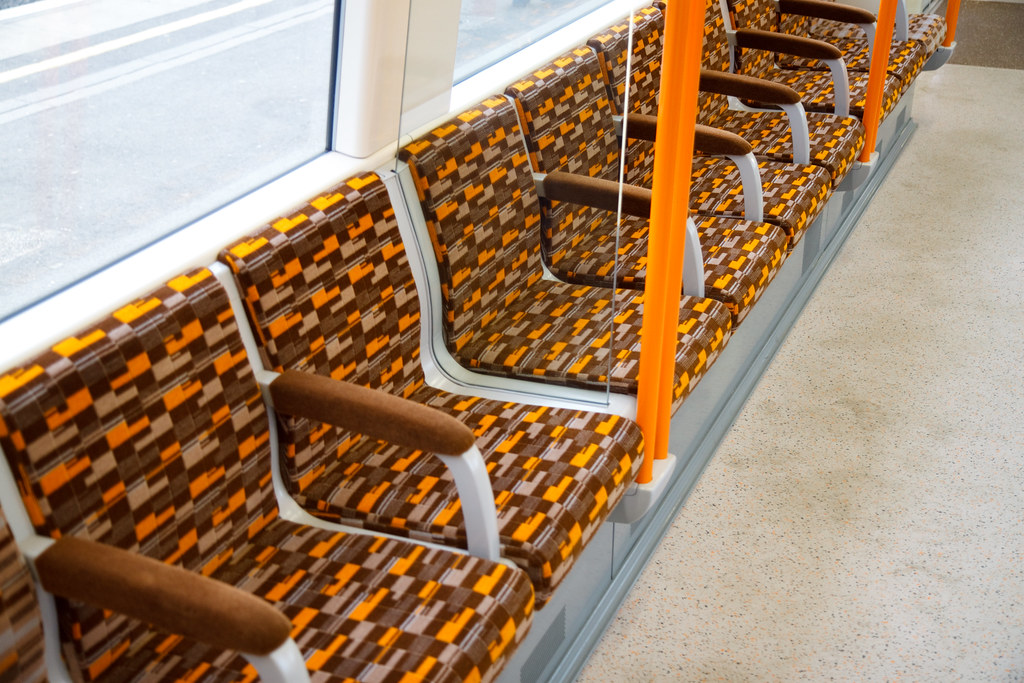 Source: tompagenet on Flickr
Source: tompagenet on Flickr



